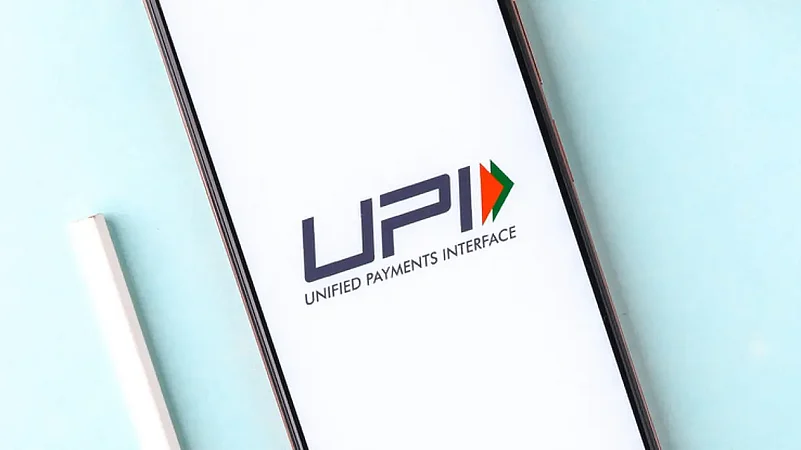In her Budget speech, Finance Minister Nirmala Sitharaman said that ‘BharatTradeNet’ (BTN) for international trade as a unified platform for trade documentation and financing solutions, as part of the country’s digital public infrastructure that includes Aadhaar and UPI. This move is expected to bolster e-commerce exports.
"A digital public infrastructure, ‘BharatTradeNet’ (BTN) for international trade will be set-up as a unified platform for trade documentation and financing solutions. This will complement the Unified Logistics Interface Platform. The BTN will be aligned with international practices," Sitharaman said.
"Support for integration with Global Supply Chains Support will be provided to develop domestic manufacturing capacities for our economy’s integration with global supply chains. Sectors will be identified based on objective criteria," she added.
The e-commerce industry's aim to reach an export target of $300 billion by 2030 is hurdled by challenges as per the Economic Survey 2025. The challenges include regulatory frameworks and compliance obligations.
One of the challenges include the unclear role of sellers and e-commerce platform operators.
"This requires collaboration between sellers and e-commerce operators at various stages of export and payment processes," the survey added.
Another challenge that the e-commerce sector faces is the fact that currently exports in India are facilitated through two primary modes, courier and cargo. However, the country's courier export value limit is very less (just Rs 12 lakh). It says, "Presently, exports are facilitated through two primary modes, courier and cargo, with a courier export value limit of USD 12,000 (₹10 lakh), which is less compared to other countries."
Further, she added, “the earlier announcement on simplifying the KYC process, the revamped Central KYC Registry will be rolled out in 2025. We will also implement a streamlined system for periodic updating.”
In the same direction, the Ministry of Electronics and Information Technology (MeitY) has expanded the Aadhaar authentication to private entities in the sectors of health, hospitality and e-commerce.
India’s digital economy contributed 11.74% to GDP in 2022-23 (Rs 31.64 lakh crore) and employed 14.67 million workers. Productivity in this sector is five times higher than others, with its share projected to reach 20% of GVA by 2029-30. Increase in telephone connections, broadband connections, expansion of ONDC, AADHAR authentications across the country are some of the reflections of India’s growing digital vision.
By leveraging cutting-edge technologies like cloud computing, AI and through initiatives like Aadhaar, UPI and DigiLocker, India has emerged as a global leader in digital adoption. The collaborative efforts of government platforms and seamless citizen engagement, are paving the way for a digital future that empowers every citizen, fosters socio-economic growth, and strengthens governance.































